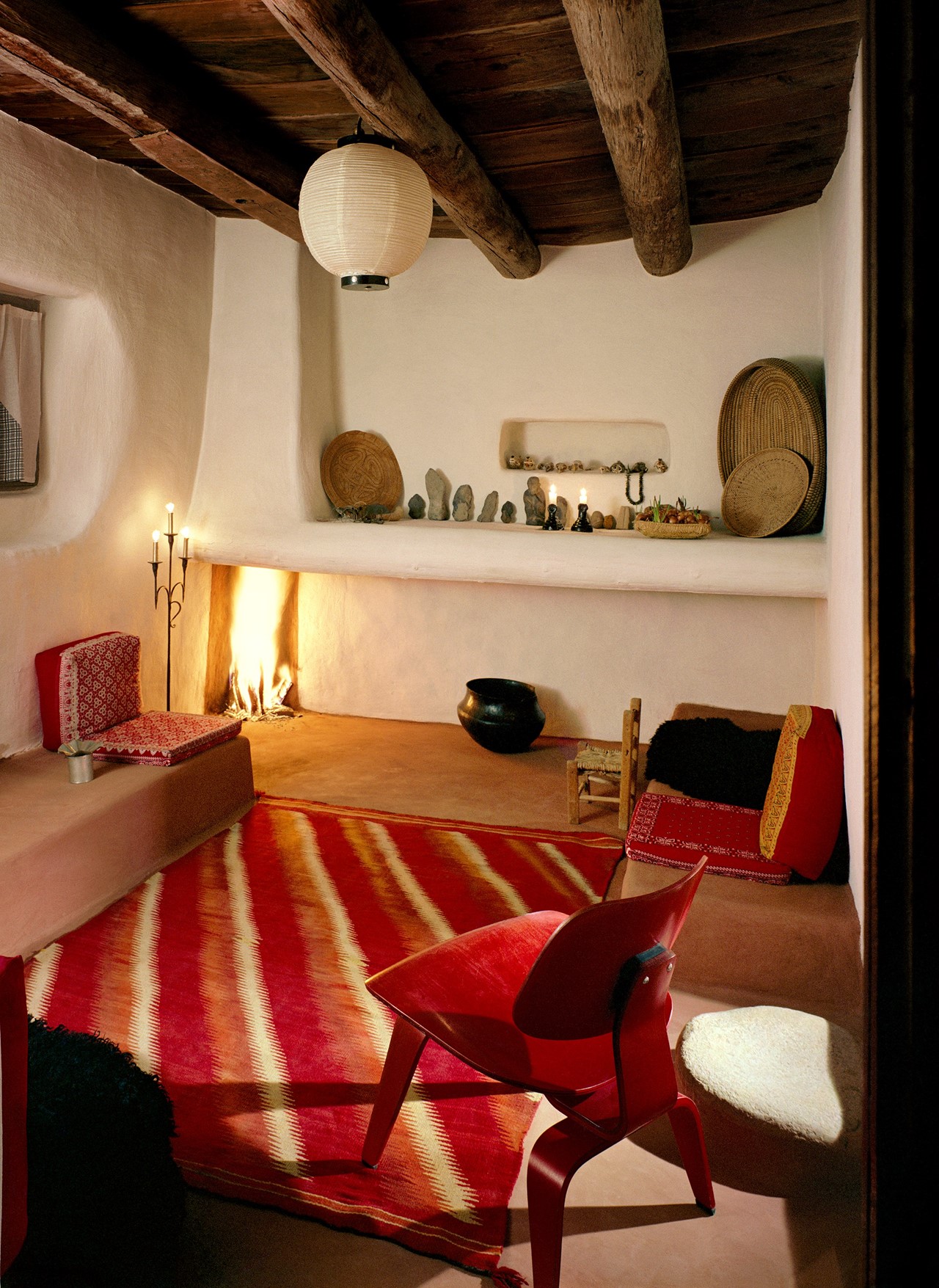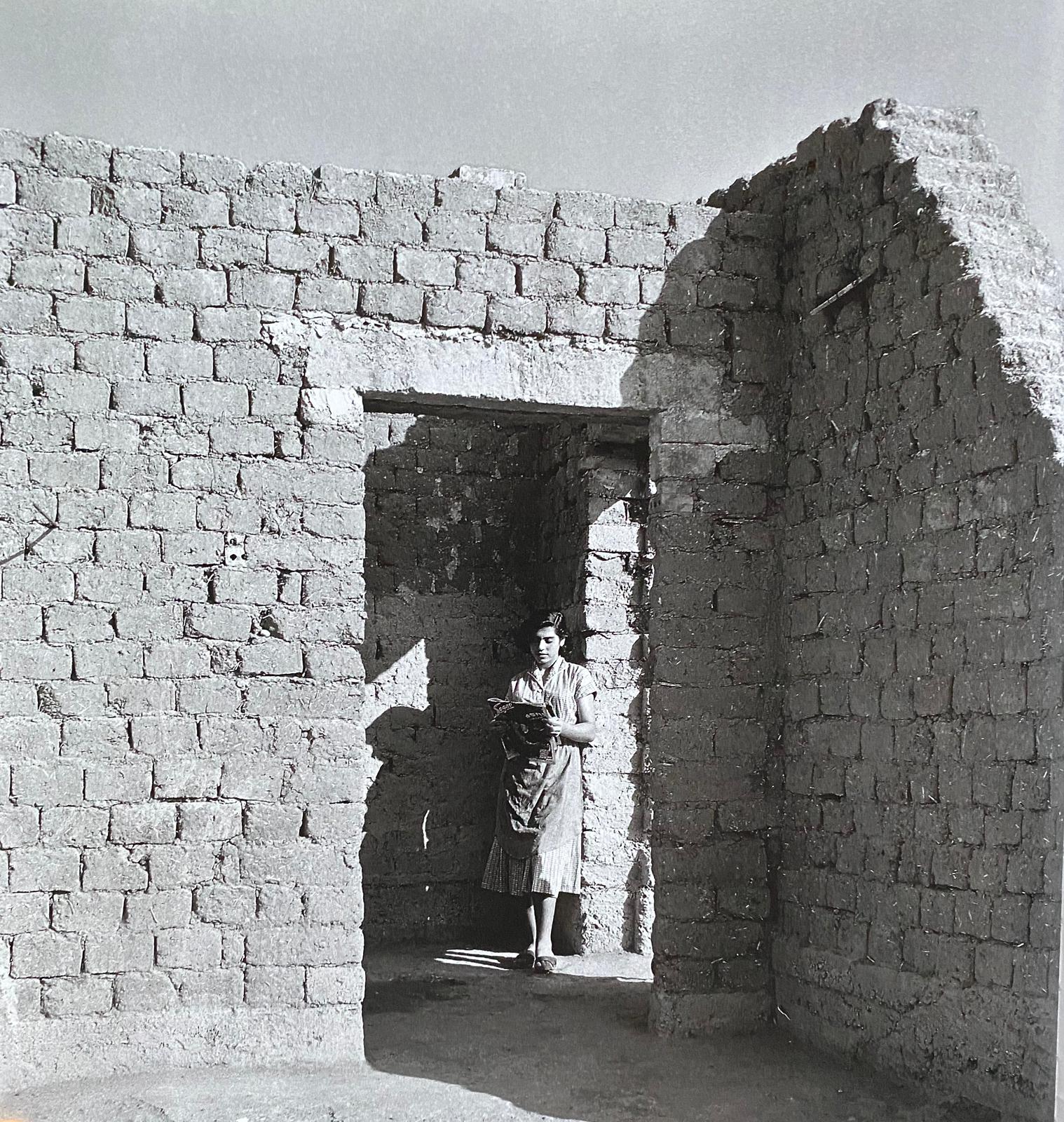Earth architecture: from ancient technique to a new building model
Known since the dawn of humanity, unbaked earth has been the most used construction material in the world. To discover the origins of this material, it is necessary to go back 10,000 years to the Near East, precisely in the city of Jericho, where the first villages in human history settled.
Spread over time in many countries, it is still used today by a third of the world's population. Still employed in rural communities in Africa and the Middle East, for these populations building with unbaked earth means participating physically and spiritually in a collective ritual that unites man to nature.
Each participant expresses his own personality by creating decorative elements and forms, often erotic and sensual, where the earth always considered an element of fertility, becomes a symbol of sexuality.







*Photos 1-4: Down to earth: adobe architecture, an old idea, a new future: based on an exhibition at the Centre Georges Pompidou, by Jean Dethier, Publisher Facts on File Inc, New York, 1983
There are about twenty different techniques for building with earth, the most common ones are Pisé de terre and Adobe. The first one is applied to the walls construction, created through the insertion of a mixture of earth, water and straw inside the wooden formwork that gives it its shape. The second one, in other hand is used in the design of bricks based on sand, clay, water and vegetable fibers which are then dried in the sun in special wooden molds
 The Stopplaere House, by Hassan Fathy, 1950, Egypt
The Stopplaere House, by Hassan Fathy, 1950, Egypt


Rediscovered at the end of the seventies for its green qualities, unbacked earth returns to its famous ancient splendor thanks to the work of the developments from architects and academics. Also, in Sardinia exist several associations that deal with carrying out the promotion of Làdiri, the raw earth brick used since the neolithic era. Furthermore, adobe architecture has also become a subject of study at the University of Cagliari, where workshops are organized for practical learning of the technique.
This widespread interest arises from the need to return to eco-sustainable building practices. In fact, there are many features that make this type of architecture a material to be preferred to the abused cement: 100% natural, recyclable, economic and sustainable.
References:
Jean Dethier, Down to earth: adobe architecture, an old idea, a new future: based on an exhibition at the Centre Georges Pompidou, Publisher Facts on File Inc, New York, 1983;Romero Orlando, Adobe : building and living with earth, Publisher Houghton Mifflin, Boston, 1994.

